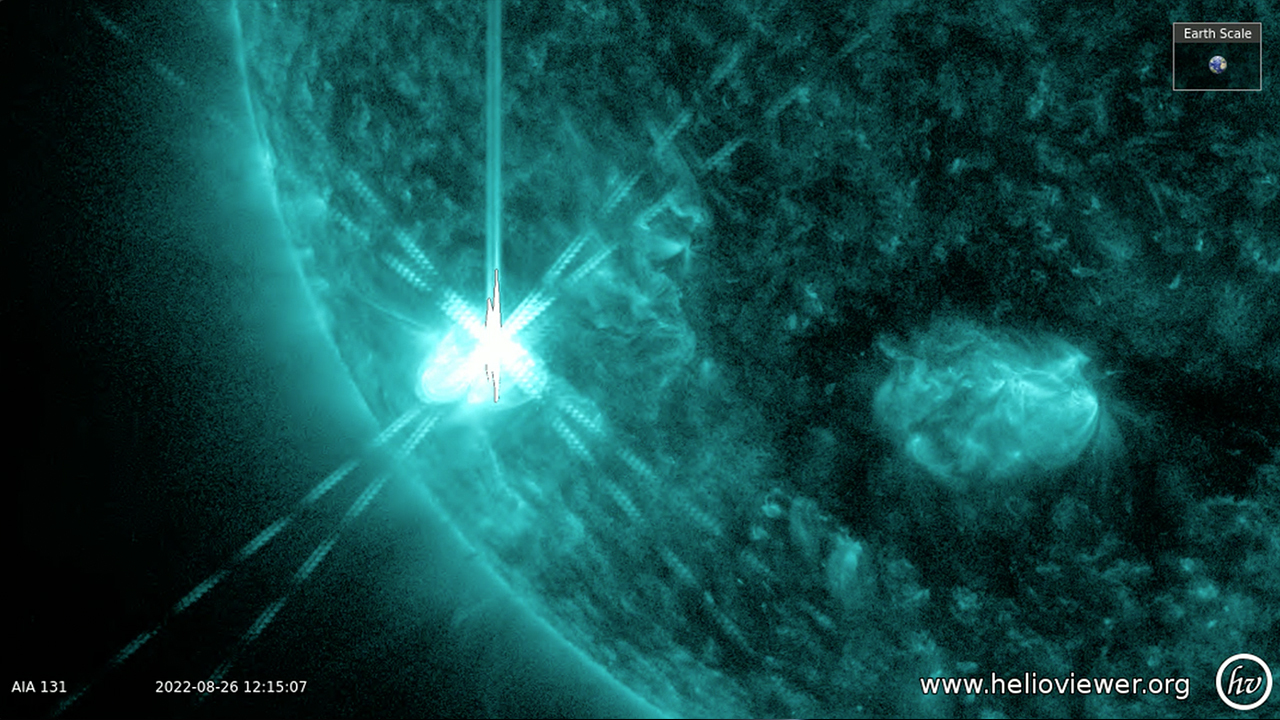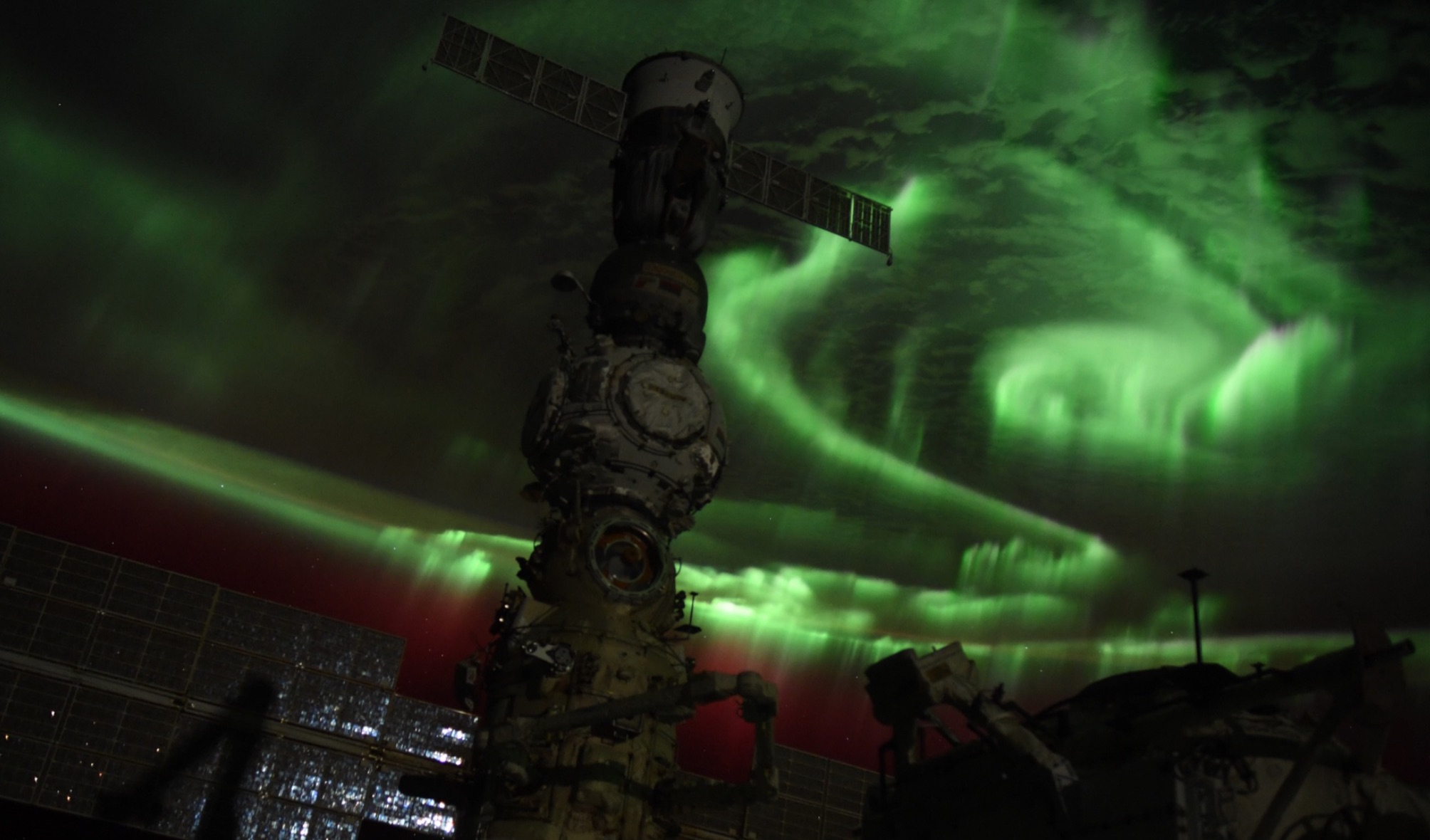Powerful solar flare lashes Earth, causes radio blackout across Europe and Africa
Auroras have been swirling through the skies already this week as the sun awakens from slumber.

Punches from the sun are overpowering skywatchers these days.
Yet another series of solar flares series shimmied out from the sun on Friday (Aug. 26) after a dazzling show of green-hued auroras crashed through the atmosphere just days ago.
"Sunspot AR3089 is crackling with a series of intensifying M-class [moderate] solar flares," SpaceWeather.com said in a Friday update. NASA's Solar Dynamics Observatory captured an especially powerful flare at 7:16 a.m. EDT (1116 GMT) as populations in Europe and Africa experienced a brief radio blackout.
A huge ejection of charged particles from the sun, known as a coronal mass ejection, may strike our planet on Monday (Aug. 29) and spark auroras around the Arctic Circle, according to a statement from the National Oceanic and Atmospheric Administration. (These shining lights occur when charged particles interact with Earth's magnetic field.)
The sun is certainly feeling forceful these days, as it is generating a surge of space weather to herald the start of its maximum of an 11-year solar cycle of activity.
Related: Hyperactive sunspot just hurled a huge X-class solar flare into space
Swarms of northern and southern lights were spotted earlier this week, including seen from space by the European Space Agency's Samantha Cristoforetti. (The veteran astronaut said it was the most powerful storm yet in her 300 days in space.)
Get the world’s most fascinating discoveries delivered straight to your inbox.
Most space weather at its most dramatic provides a great show for people on or near Earth, but a small number of particularly powerful storms can harm power lines, satellites and other vital infrastructure that our planet depends upon.
The sun is more prone to temper tantrums when it reaches its maximum of activity, as sunspots spread on the surface and magnetic lines twist and snap. If a storm is directed toward Earth, that can create auroras, blackouts and other effects.
Related: The worst solar storms in history
NASA, the European Space Agency and other space-faring entities keep an eye on solar weather 24/7 to provide the best protection possible for Earth, satellite managers and the astronauts working above our planet.
If you captured a stunning photo of the northern lights let us know! You can send in images and comments to Space.com by emailing spacephotos@space.com. Be sure to let us know your name, where you were observing from and what it was like to see the auroras.
Follow Elizabeth Howell on Twitter @howellspace. Follow us on Twitter @Spacedotcom or on Facebook.
Originally published on Live Science sister site Space.com.

Elizabeth Howell was staff reporter at Space.com between 2022 and 2024 and a regular contributor to Live Science and Space.com between 2012 and 2022. Elizabeth's reporting includes multiple exclusives with the White House, speaking several times with the International Space Station, witnessing five human spaceflight launches on two continents, flying parabolic, working inside a spacesuit, and participating in a simulated Mars mission. Her latest book, "Why Am I Taller?" (ECW Press, 2022) is co-written with astronaut Dave Williams.




